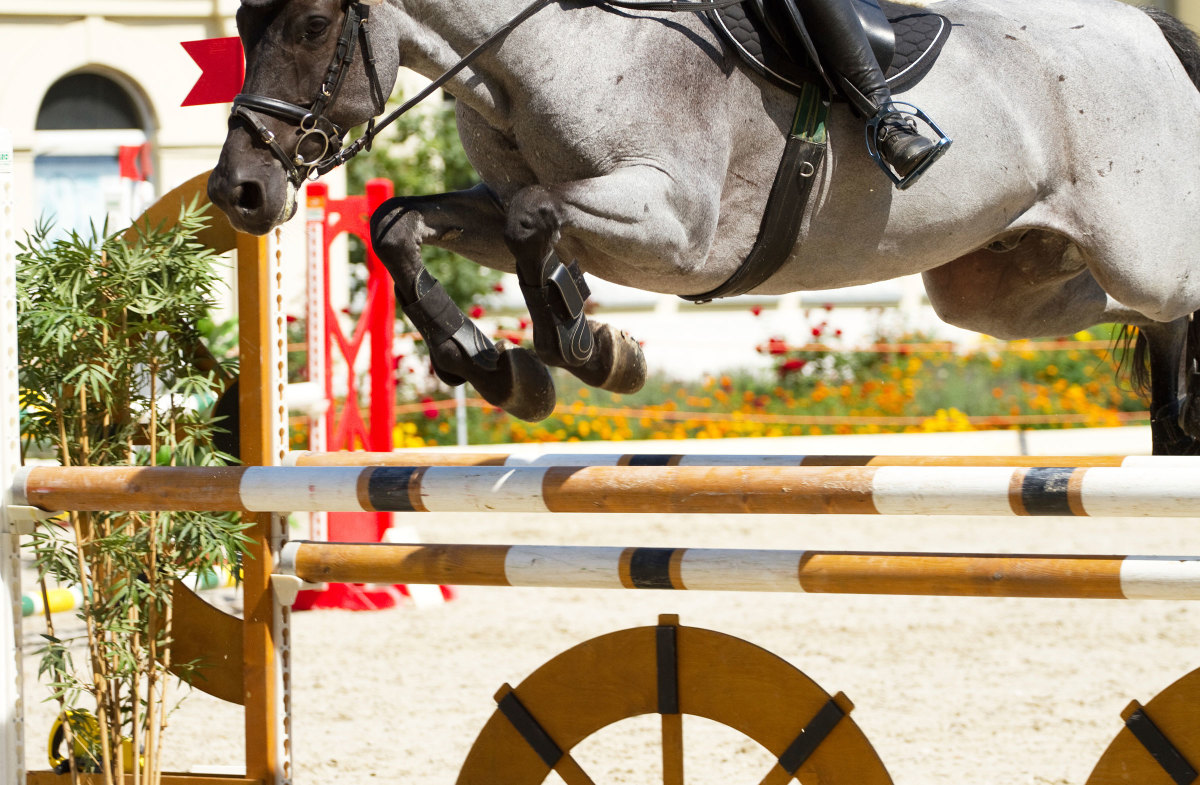
A number of therapeutic strategies are employed for joint maladies, including lavage with DMSO. Synovitis often precedes and/or accompanies osteoarthritis, so efforts to quell inflammation are helpful in managing joint disease. DMSO is known for its anti-inflammatory effects. A Brazilian study evaluated different concentrations of DMSO and the effect of those concentrations on biomarkers of synovial fluid inflammation and cartilage degradation [Sotelo, E.D.P.; Vendruscolo, C.P.; Fulber, J.; et al. Effects of Joint Lavage with Dimethylsulfoxide on LPS-Induced Synovitis in Horses – Clinical and Laboratorial Aspects. Veterinary Sciences Apr 2020, 7, 57; doi:10.3390/vetsci7020057].
In the study, synovitis was induced with injection of lipopolysaccharide (LPS) in bilateral tibiotarsal joints of 13 horses with no history or radiographic evidence of joint disease. Injury to the synovial membrane releases many inflammatory products, including prostaglandin E2 (PGE2), reactive oxygen species, metalloproteinases, and cytokines such as tumor necrosis factor-a (TNZF-a) and interleukins (IL).
Other research has demonstrated that even 40% DMSO injection of a joint elicited no adverse effects on cartilage. Each joint in the Brazilian study was lavaged with one of four solutions:
- Lactated Ringer’s (LRS)
- 5% DMSO in LRS
- 10% DMSO in LRS
- Sham treatment
Lameness was assessed using a Lameness Locator® (Equinosis) and synovial fluid analysis performed just prior to treatment and at 1, 8, 24 and 48 hours.
The results from the lameness exam:
- At 8 hours, 50% of horses were lame – 2/7 LRS, 4/7 in 5% DMSO, 4/7 in 10% DMSO, and 3/5 sham.
- At 24 hours, 27% were lame – 2/7 LRS, 0/7 in 5% DMSO, 3/7 in 10% DMSO, and 2/5 sham.
- At 48 hours, 19% were lame – 2/7 LRS, 1/7 in 5% DMSO, 2/7 in 10% DMSO.
The results from synovial fluid analysis:
- WBC and PGE2, IL-1B, IL-6, and total protein were elevated in all joints at 8 hours.
- The 5% and 10% DMSO treatments had decreased WBC at 48 hours.
- The 10% DMSO-treated joints had lower concentrations of PGE2 and IL-1B at 48 hours compared to 8 hours.
- The 10% DMSO-treated joints had lower IL-6 than the 5% DMSO-treated and LRS groups at 24 hours.
Intra-articular DMSO did not inhibit chondroitin sulfate elevations in synovial fluid. This indicates glycosaminoglycan elevations, which are useful biomarkers of cartilage degradation. The study’s conclusion suggested that joint lavage with 10% DMSO in LRS has beneficial anti-inflammatory uses compared to LRS or 5% DMSO in LRS, but it does not exert chondroprotective effects.








